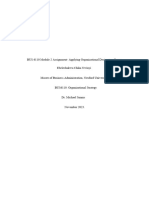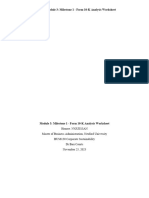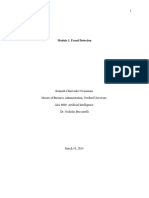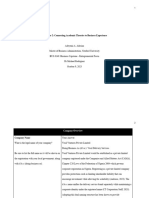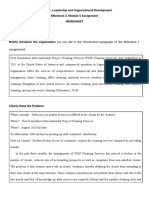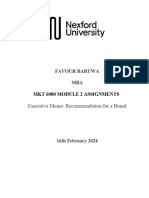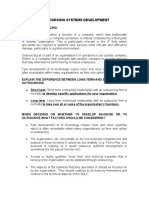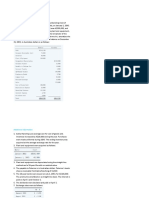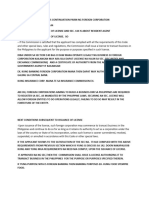0% found this document useful (0 votes)
377 views4 pagesSamsung's Organizational Strategy
The document analyzes Samsung's organizational structure using the star model, finding it is product-type divided, centralized, and grouped geographically. It recommends giving product divisions more autonomy and variety in regional structures to foster creativity and adaptation.
Uploaded by
DEECopyright
© © All Rights Reserved
We take content rights seriously. If you suspect this is your content, claim it here.
Available Formats
Download as DOCX, PDF, TXT or read online on Scribd
0% found this document useful (0 votes)
377 views4 pagesSamsung's Organizational Strategy
The document analyzes Samsung's organizational structure using the star model, finding it is product-type divided, centralized, and grouped geographically. It recommends giving product divisions more autonomy and variety in regional structures to foster creativity and adaptation.
Uploaded by
DEECopyright
© © All Rights Reserved
We take content rights seriously. If you suspect this is your content, claim it here.
Available Formats
Download as DOCX, PDF, TXT or read online on Scribd
/ 4
